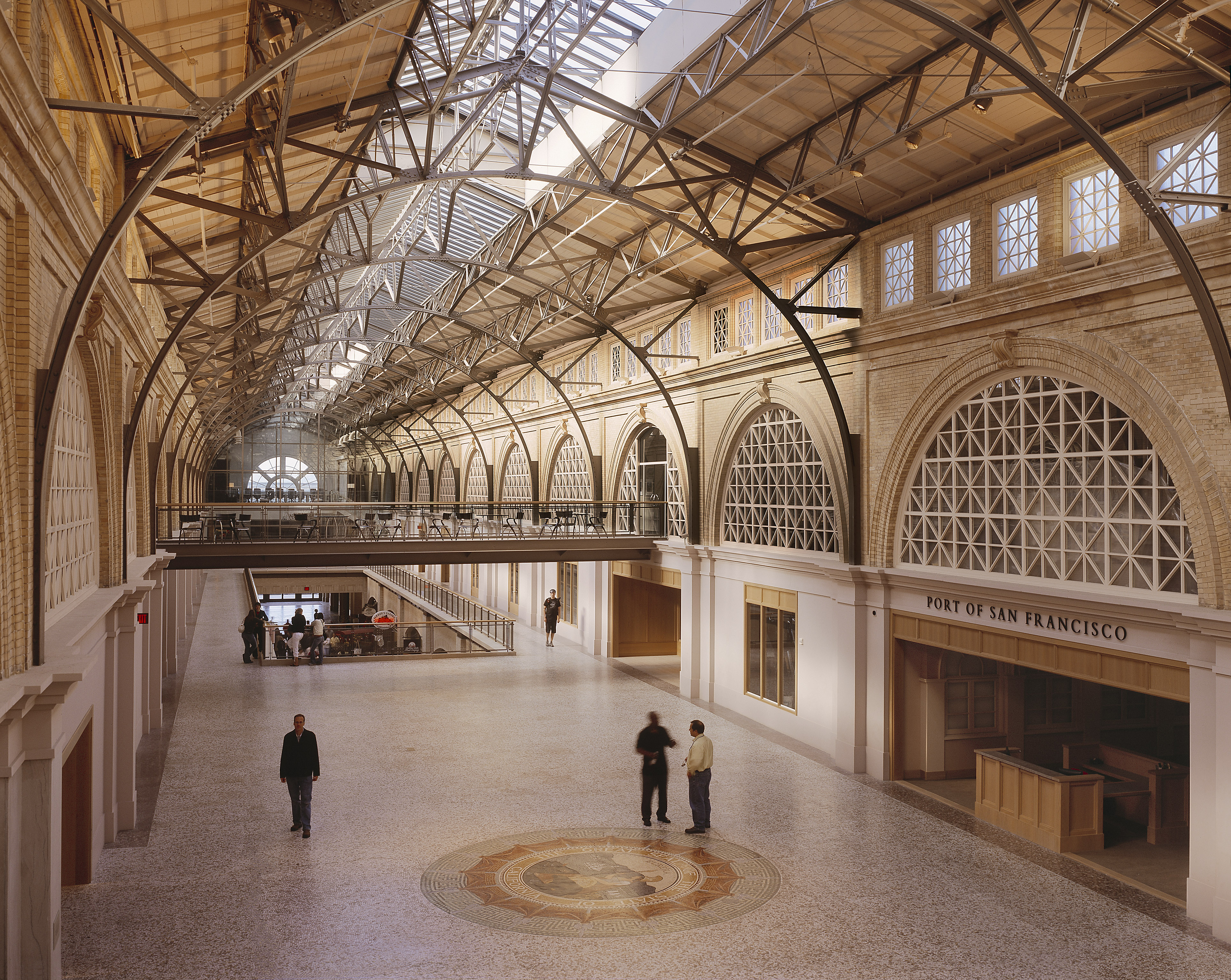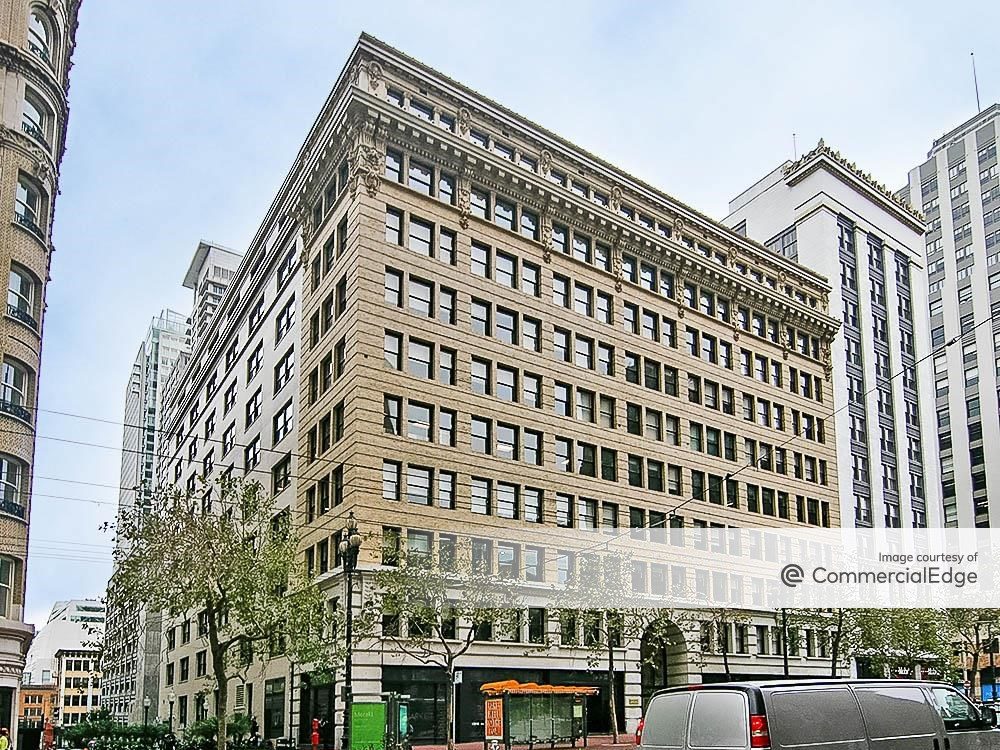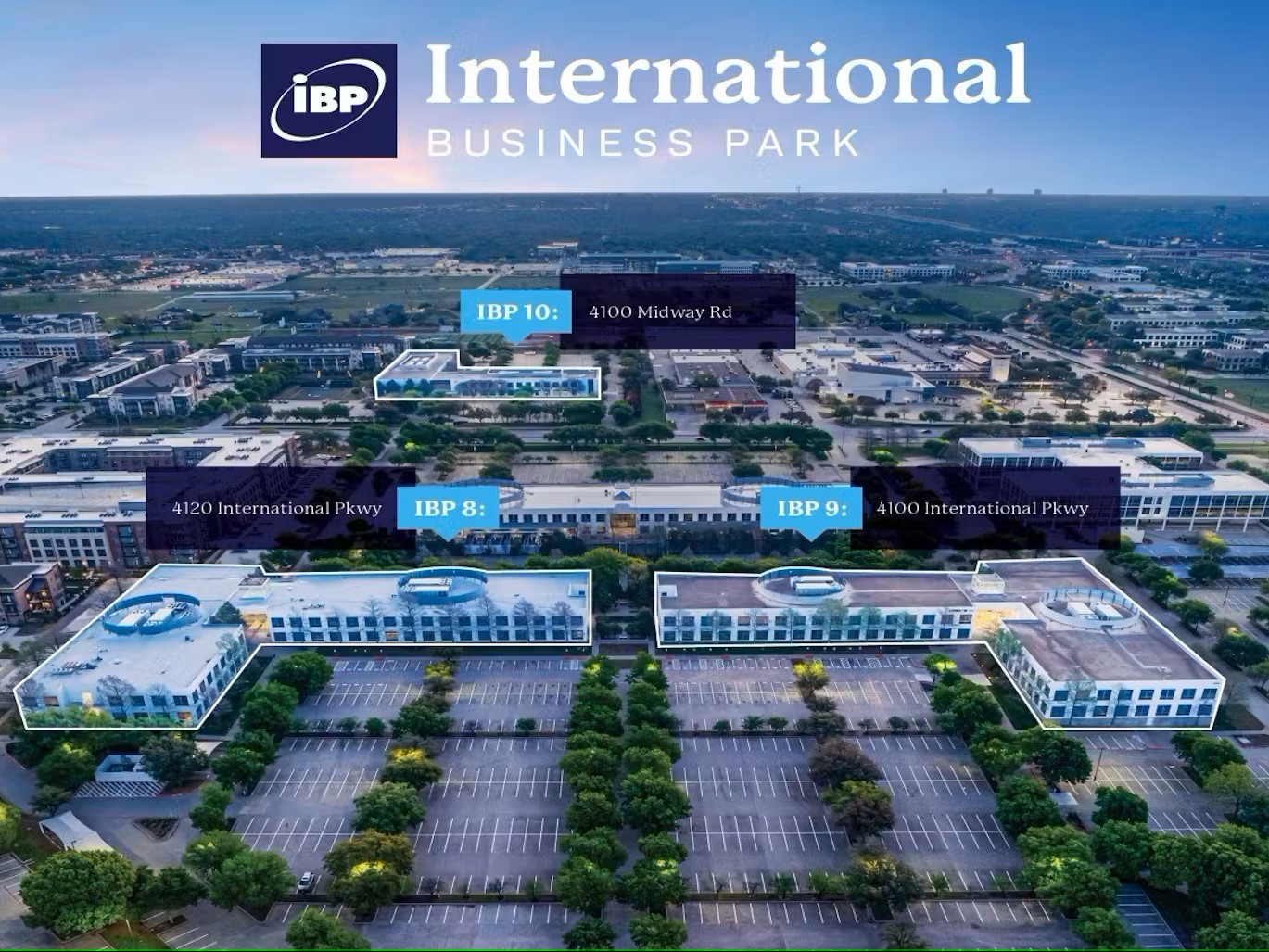For Better Tax Reform, Learn From History
Future tax reform should preserve historic tax credits, which have proven to incentivize private investment in rehabilitating old buildings, argue Page & Turbull architects & principals Ruth Todd and John Lesak.
By John D. Lesak & H. Ruth Todd

John Lesak & Ruth Todd, Page & Turnbull
If tax reform is intended to spur economic growth and investment, it should retain historic tax credits—a proven incentive to boosting private investment in rehabilitating old buildings. History tells us why.
Look at the recent historical record first: As a Rutgers University study shows, over the last four decades, these Reagan-era federal incentives have primed $130 billion of private investment, helping create 2.5 million jobs and transforming 42,000 landmarks from vacant, abandoned structures into thriving properties full of stores, apartments, offices and homes. In the process, America has profited, too, raking in 20 percent on the tax breaks. On average, projects using historic tax credits return $1.20 to the U.S. Treasury for every dollar spent.
Yet the financially conservative tax reforms could give up these benefits and revenue. The House Ways and Means Committee’s tax bill eliminates the Historic Tax Credit (HTC), offering no rationale for the loss. The Senate version cuts the incentives in half, from 20 percent to 10 percent, and ends a credit for old but not historic buildings.
As it stands, historic tax credits are in danger of being lost. Congress can correct this course, and, as building professionals who’ve directly witnessed the benefits of the incentives, we strongly recommend they do.
The reasons go well beyond the economic stimulus:
First, historic buildings and spaces are often beloved by their communities—highly recognizable landmarks of city centers and tourist destinations. They add irreplaceable character and root us to our place and collective memory.
Second, preservation is green. Manufacturing and shipping new building materials is energy intensive. Converting old churches, mills and power plants for new uses saves tons of bricks, lumber and glass that would otherwise go to landfills. Restoring old parks creates healthier, more attractive (and valuable) neighborhoods.
Third, the impact on local economies extends far beyond the adapted landmark. In small town Eureka, Calif., for example, the renovation of the 1892 Carson Block building used $6.5 million in tax credits and state grants, yet the total economic impact of the construction project was $17 million, according to an analysis by Humboldt State University Economics Professor Steven Hackett. The grandeur of the renewed landmark along with efforts by its owner, the Northern California Indian Development Council, have sparked interest in companies moving to downtown Eureka, benefiting nearby coffee shops, hotels and boutiques.

The 1896-built San Francisco Ferry Building was historically preserved using historic tax credits. (Photo by Richard Barnes)
Big-city neighborhoods and businesses benefit, too. A prominent example of the revitalizing effect of HTCs is the San Francisco Ferry Building, an 1896 Beaux-Arts monument that now buzzes every day with markets, restaurants and teeming crowds of commuters, local shoppers and tourists. It was recently crowned one of the “Great Spaces in America” by a national planning group.
Thousands of other landmark projects tell similar stories. Among them is Trump International Hotel in Washington, D.C., a project primed by $40 million of HTC tax breaks.
Fourth, HTCs bring investment to disadvantaged neighborhoods, as shown in projects like St. Joseph’s Church, abandoned since 1989 and now reinvented as office space. Often, these projects would not otherwise “pencil out.” And when they do, many become centers of local activity and icons of rejuvenated areas, the stars and centerpieces of tourism and economic development campaigns.
Historic tax credits are smart, popular and effective. That’s why 2016 brought a record crop of HTCs —more than $1 billion in value for the first time ever, according to the National Trust for Historic Preservation. The market wants more of them, too, a demand stemming from “millennials and baby boomers who want to live and work in authentic downtown historic spaces,” says the National Trust.
Nothing is truer to the American story than our historic buildings. It’s gratifying to realize that they are a resource for the future, too—an economic engine and a source of vitality found in most American towns, literally, just down the street.
H. Ruth Todd, FAIA, LEED AP, AICP, is a San Francisco-based architect & principal with Page & Turnbull, and John D. Lesak, AIA, LEED AP, FAPT, is an architect & principal, as well as managing principal, of the Los Angeles office for Page & Turnbull. Both are noted experts in historic preservation and leaders of award-winning projects across the United States.
Images courtesy of Page & Turnbull






You must be logged in to post a comment.